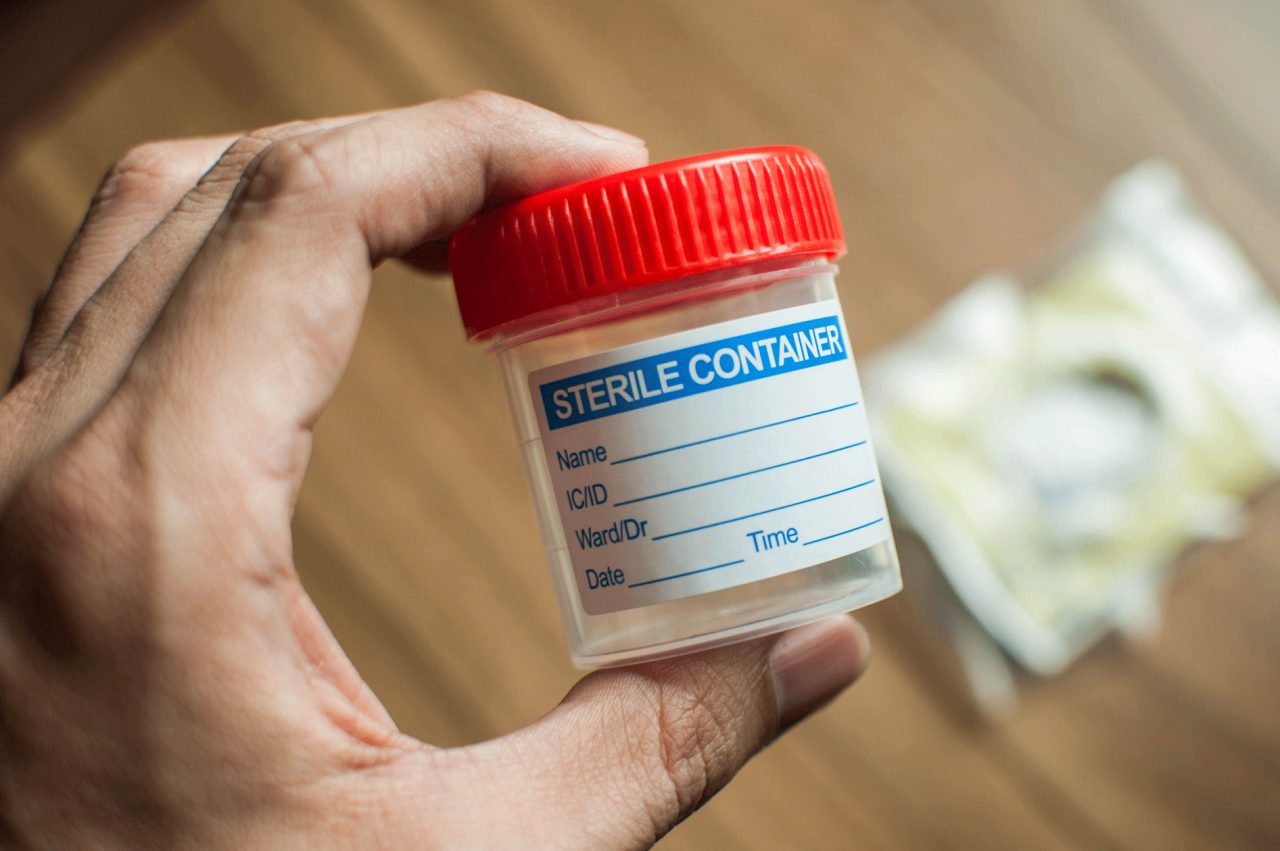Why Your Healthcare Provider Asks for a Urine Sample

Although peeing in a cup during a visit to your doctor may be annoying, a urine test can reveal markers of health problems. Here's what you should know.
Having to pee into a little plastic cup is a ritual part of many health checkups. Though a urine test, or urinalysis, might not be your favorite part of the visit, your doctor has good reasons for requesting a urine sample.
Your pee can offer important clues about the health of your kidneys and the rest of your body.
YOU MIGHT ALSO LIKE: 8 Over-the-Counter Medical Tests
Why do I need a urine test?
Urine is the liquid your kidneys make when they filter wastes and water from your blood. When you have a health problem like an infection or kidney damage, things end up in your urine that shouldn't be there, such as bacteria, blood, or extra protein.
A urinalysis helps your doctor diagnose a variety of conditions by analyzing the appearance and chemical makeup of your urine, as well as how it looks under a microscope. This test can check your overall health as part of a routine checkup or pre-surgery prep, or during pregnancy.
Urine tests are also done to diagnose an infection or other medical condition if you have symptoms like burning when you pee or blood in your urine. Your doctor can order this test to monitor a health condition that has already been diagnosed. Sometimes companies request urine tests to check for drug use.
How to prepare
You probably won't need to stop eating before a urine test unless you're having a fasting blood test at the same time. Tell your doctor about all the medications and supplements you take. Some medicines can affect the results of urine tests.
Collecting the sample
Your doctor might give you a cup to collect your urine at home. You might have the test at your doctor's office or a lab.
For a typical urine sample, you just pee into a cup. A clean catch urine sample is a bit different. It's done to prevent any germs from the penis or vagina from getting into the urine. For this test, you first use a sterile wipe to clean your genitals. Women will clean the inside folds of their labia and their urethra. Men will clean the tip of their penis.
You urinate a little bit into the toilet. You collect the sample in the cup as you pee.
What happens at the lab
The lab will perform a few tests on your urine sample.
- Visual exam. The technician examines your urine's color and clarity.
- Dipstick test. A thin stick with different strips of chemicals on it is dipped into your urine to test for protein and other substances.
- Microscopic exam. The technician looks at a few drops of your urine under a microscope.
What your results mean
Here are some possible changes to your urine, and the medical conditions that can cause them:
Urine sign | What it could mean |
Abnormal pH level | Kidney stones or other kidney problem, dehydration, diabetic ketoacidosis, urinary tract infection |
Bacteria or yeast | Infection |
Blood | Infection, kidney or bladder stones, kidney disease, menstrual period, recent sexual activity, inflammation in the urinary tract, medication, kidney or bladder cancer |
Cloudiness | Urinary tract infection |
Crystals | Kidney stones |
Excess sugar | Diabetes |
Foaming | Kidney disease |
High ketones | Diabetes |
Red blood cells | Kidney disease, a blood disorder, bladder cancer |
White blood cells | Infection |
What you can do
Make sure to wash your hands before you take the urine test to avoid contaminating the sample. Also wash them after you're done collecting your urine. Avoid touching the inside of the cup during collection, to avoid contamination. Make sure the cup is labeled with your name and date of birth.
The doctor who ordered the test should discuss the results with you and give you instructions on next steps. You might not have to do anything if the test is normal, or you may need to come back for a follow-up test.
A positive result could lead to additional tests, such as blood tests or imaging scans, depending on the problem your doctor suspects. Make sure you understand why your doctor is ordering each test, and how the results will be used to manage your health.
Updated:
May 24, 2023
Reviewed By:
Janet O'Dell, RN